Table of Contents
What is Stir-Fry Seasoning?
Stir-fry seasoning is a specialized blend of spices, sauces, and aromatics designed specifically to enhance the flavor of stir-fried dishes. Unlike generic seasonings, it combines ingredients like soy sauce, garlic, ginger, sesame oil, and chili flakes in balanced proportions to create authentic, restaurant-quality taste without overpowering vegetables. This guide explains exactly what stir-fry seasoning is, how to make it at home, and expert tips for perfect results every time.

Essential Ingredients and Their Roles
Stir-fry seasoning relies on a few key components that work together to create depth, balance, and complexity. Understanding each ingredient's role ensures you achieve perfect flavor harmony:
| Ingredient | Flavor Profile | Primary Role in Stir-Fry Seasoning |
|---|---|---|
| Soy Sauce | Salty, Umami | Provides savory depth and foundational flavor; light soy sauce is preferred for vegetable stir-fries |
| Sesame Oil | Nutty, Aromatic | Adds finishing fragrance and richness; best used at the end of cooking |
| Garlic | Savory, Pungent | Creates aromatic base; fresh garlic is essential for authentic flavor |
| Ginger | Zesty, Warm | Brings brightness and complexity; balances soy sauce saltiness |
| Chili Flakes | Spicy, Tangy | Adds adjustable heat; use sparingly to avoid overpowering vegetables |
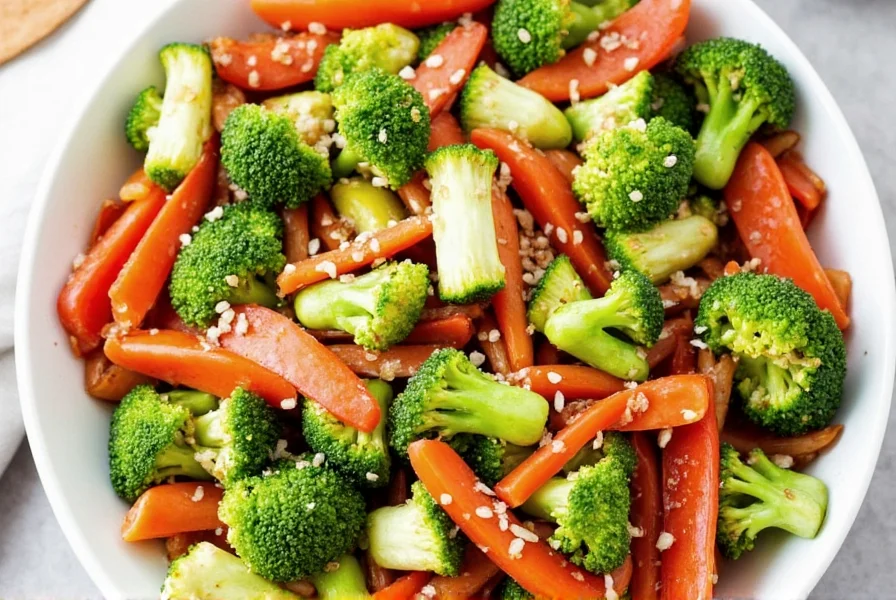
DIY Stir-Fry Seasoning Recipe
Creating your own stir-fry seasoning is simple, cost-effective, and customizable. This basic recipe makes enough for 4 servings:
- 2 tablespoons light soy sauce
- 1 tablespoon rice vinegar
- 1 teaspoon toasted sesame oil
- 1 tablespoon freshly minced ginger
- 2 cloves garlic, minced
- 1/4 teaspoon chili flakes (optional)
How to use: Combine all ingredients in a bowl before cooking. Add during the stir-fry process as directed in the tips section. Store unused portions in an airtight container in the refrigerator for up to 5 days.
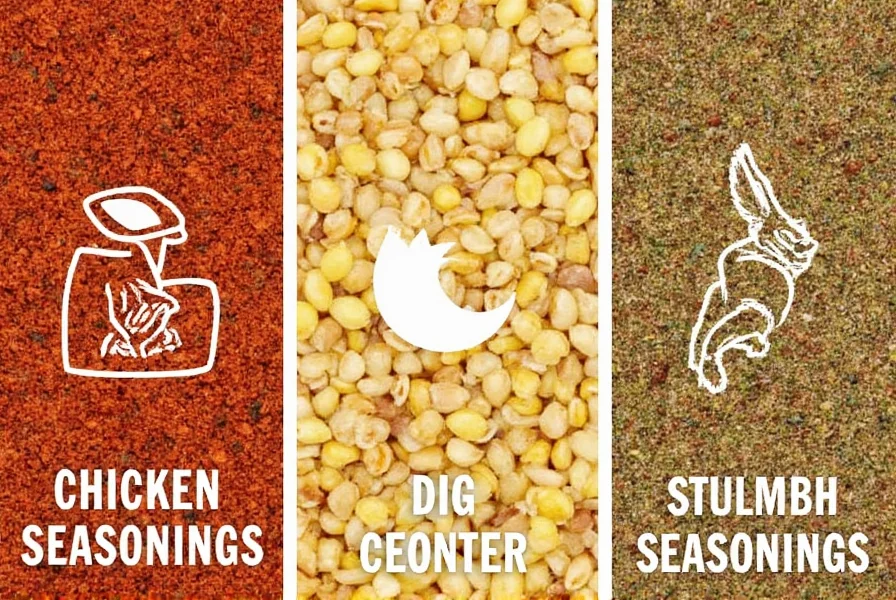
Pro Tips for Perfect Seasoning
Mastering stir-fry seasoning requires timing and technique. Follow these expert tips to avoid common mistakes:
- Layer flavors strategically: Add garlic and ginger to hot oil first (30 seconds), then soy sauce midway through cooking, and sesame oil in the final 30 seconds. This preserves freshness and builds complexity.
- Balance acidity: Always include rice vinegar or citrus juice to cut through soy sauce saltiness and enhance vegetable freshness.
- Use fresh ingredients: Pre-minced garlic or dried ginger lacks vibrancy; fresh is non-negotiable for authentic flavor.
- Season gradually: Start with 50% of recommended seasoning, taste, then adjust. Vegetables release water during cooking, which dilutes flavors.
- Reserve sesame oil: Never cook sesame oil—its delicate flavor burns easily. Drizzle it over finished dishes for maximum aroma.
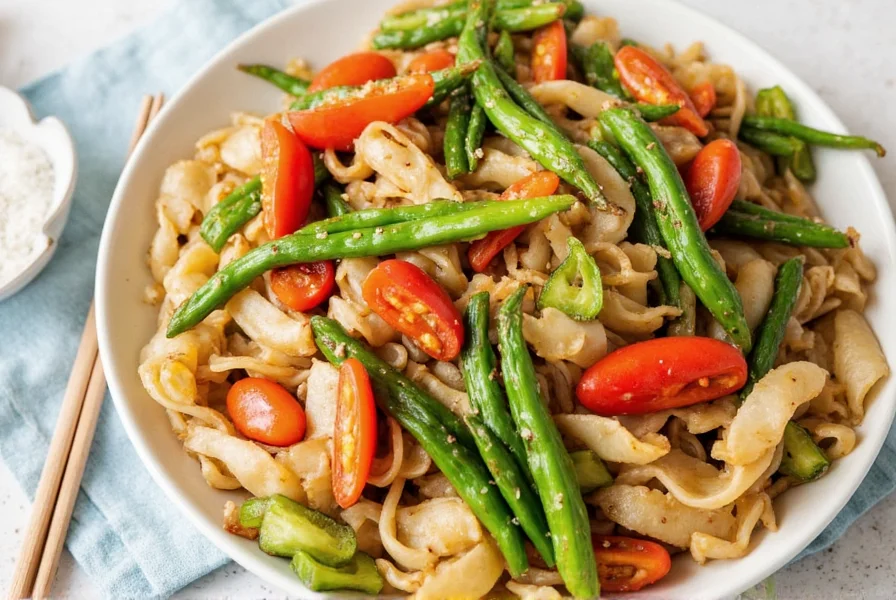
Buying Guide: Pre-Mixed vs. DIY Stir-Fry Seasoning
When choosing stir-fry seasoning, consider these options based on your needs:
Pre-Mixed Stir-Fry Seasoning
Features: Ready-to-use blends like Lee Kum Kee Panda Brand or Kikkoman Stir-Fry Sauce.
Advantages: Saves time, consistent flavor, ideal for beginners.
Use Cases: Weeknight dinners, meal prep, or when fresh ingredients aren't available.
What to look for: Check ingredient lists—avoid products with excessive sugar, MSG, or artificial additives. Opt for those with recognizable whole-food ingredients.
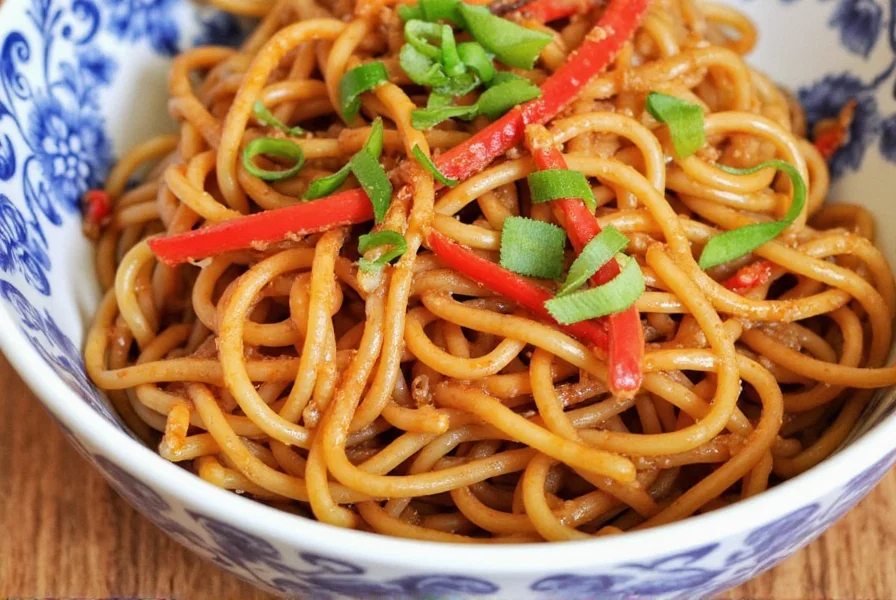
DIY Stir-Fry Seasoning
Features: Customizable blend using individual ingredients.
Advantages: Healthier (no preservatives), cost-effective, adaptable to dietary needs.
Use Cases: Gourmet cooking, special occasions, or when you want full control over flavors.
Pro tip: Store pre-mixed DIY seasoning in small jars for quick access. A basic ratio is 2:1:1 (soy sauce:rice vinegar:sesame oil) with fresh aromatics added during cooking.
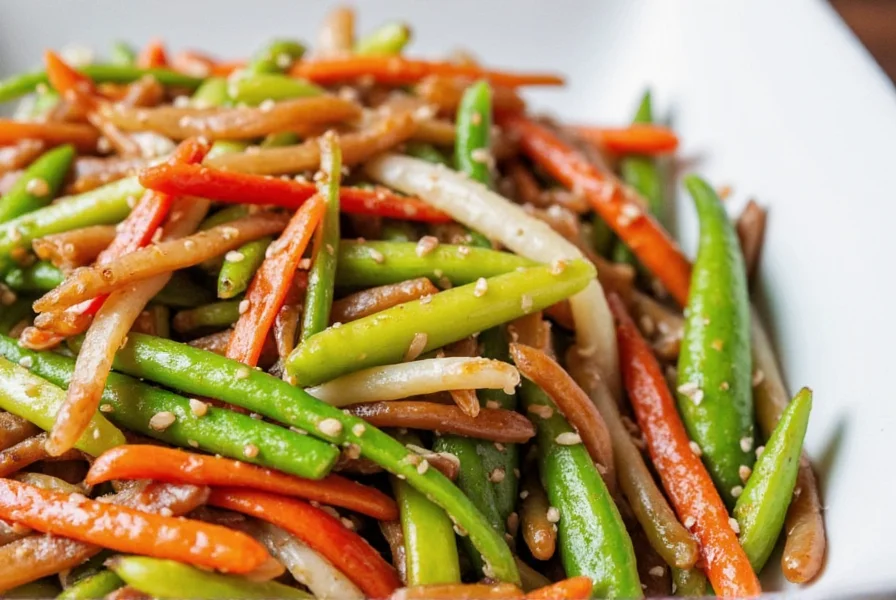
Frequently Asked Questions
What exactly is stir-fry seasoning?
Stir-fry seasoning is a purpose-built blend of sauces, spices, and aromatics designed specifically for stir-fried dishes. It typically includes soy sauce for umami, rice vinegar for acidity, sesame oil for fragrance, and fresh garlic/ginger for depth. Unlike generic seasonings, it's formulated to enhance vegetables without masking their natural flavors.
How much seasoning should I use in a stir-fry?
For 2-4 servings, start with 1-2 tablespoons soy sauce, 1 teaspoon sesame oil, 1 tablespoon minced ginger, and 2-3 cloves garlic. Add gradually while cooking—vegetables release water that dilutes flavors, so adjust seasoning toward the end. Always taste before adding more; it's easier to add than remove excess.
When should I add stir-fry seasoning during cooking?
Timing is critical: Add garlic and ginger to hot oil first (30 seconds), then soy sauce and vinegar midway through cooking when vegetables are half-done. Reserve sesame oil and fresh herbs for the final 30-60 seconds. This layering preserves freshness and builds complex flavors without burning delicate ingredients.
Can I use dried herbs instead of fresh in stir-fry seasoning?
For garlic and ginger, fresh is essential—dried versions lack vibrancy and authenticity. If you must use dried, reduce quantity by 75% and add earlier in cooking. However, for optimal results, keep fresh ginger and garlic on hand specifically for stir-fries. Other dried herbs like oregano or thyme aren't typically used in authentic stir-fry seasoning.
How do I fix an over-seasoned stir-fry?
For excess salt: Add unsalted vegetables (like mushrooms) or a squeeze of lime juice. For too much heat: Mix in coconut milk or honey. For excessive sweetness: Balance with rice vinegar. Remember: Adding more unseasoned vegetables and continuing to cook can dilute overpowering flavors. Always season gradually to avoid this issue.
What's the difference between light and dark soy sauce for stir-fry seasoning?
Light soy sauce is thinner, saltier, and ideal for general seasoning during cooking. Dark soy sauce is thicker, sweeter, and primarily used for color—too much can overpower vegetables. For most stir-fries, use light soy sauce exclusively. Some chefs combine them (3:1 light to dark), but light soy sauce alone is more versatile and recommended for vegetable dishes.
Conclusion
Stir-fry seasoning transforms simple vegetables into restaurant-quality dishes through balanced, purpose-built flavor combinations. Whether you choose pre-mixed products or make your own blend, understanding ingredient roles and timing ensures authentic, vibrant results every time. With these expert tips, you'll master the art of stir-fry seasoning and elevate your cooking to new heights.
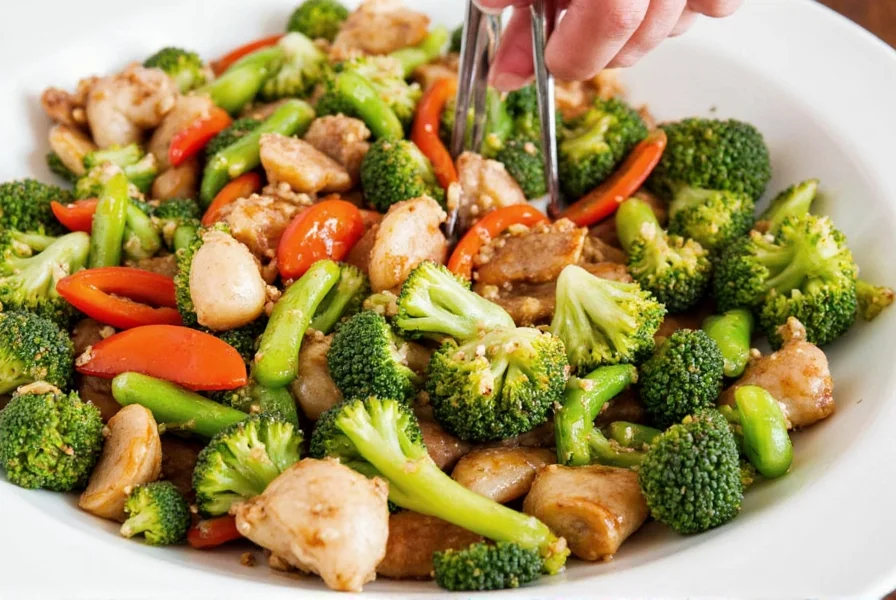











 浙公网安备
33010002000092号
浙公网安备
33010002000092号 浙B2-20120091-4
浙B2-20120091-4